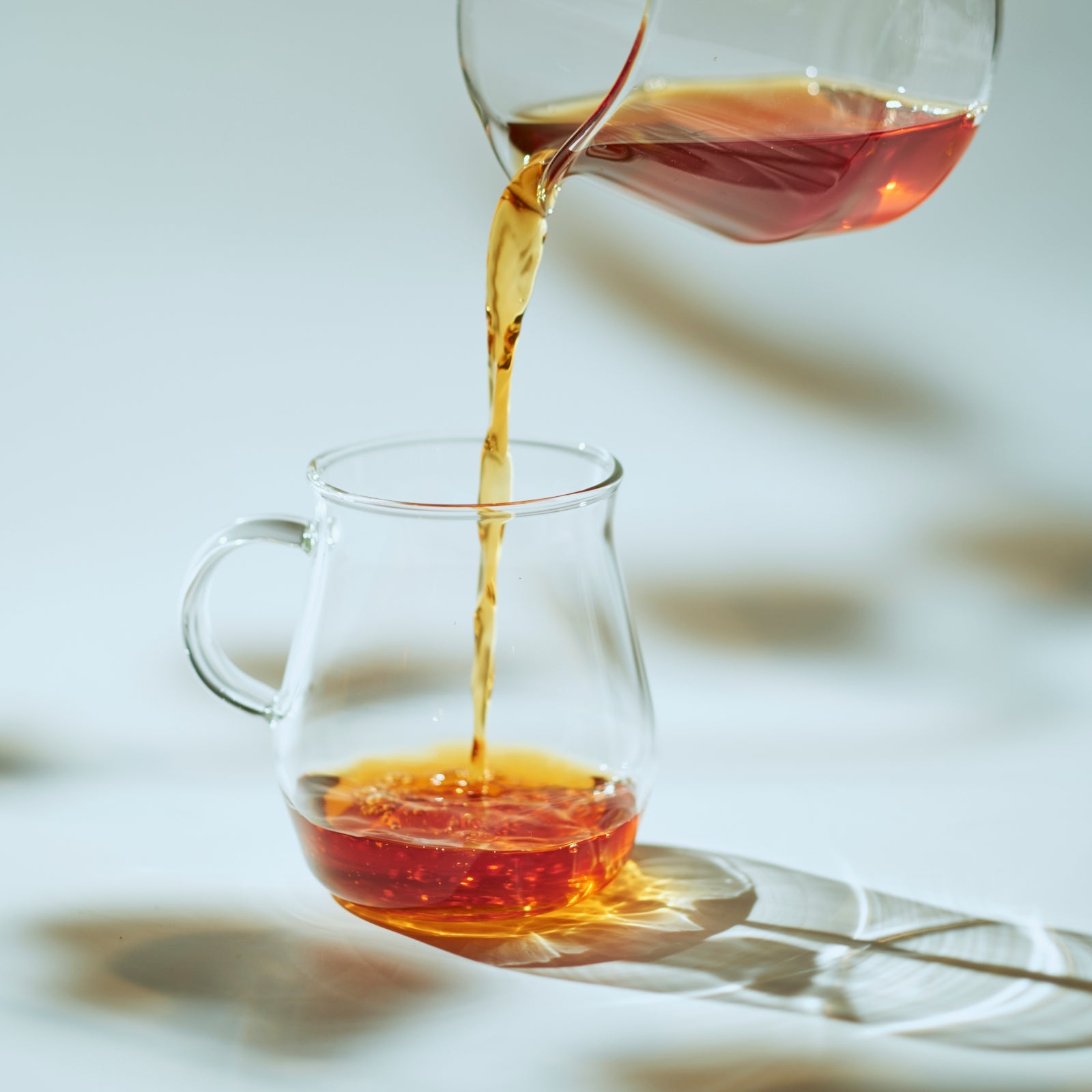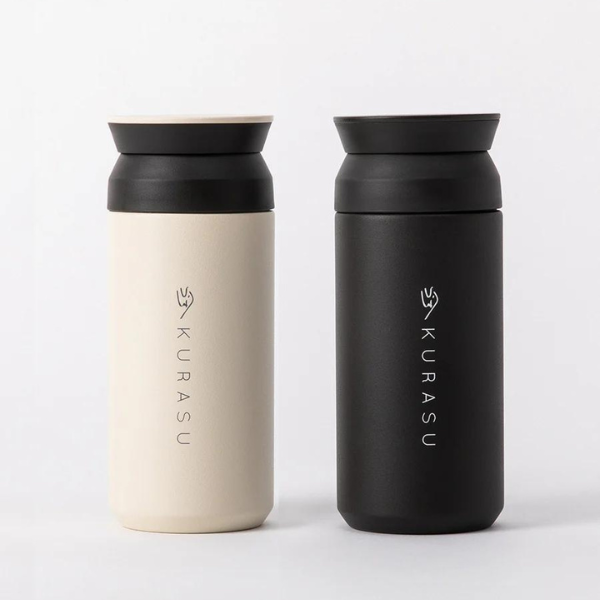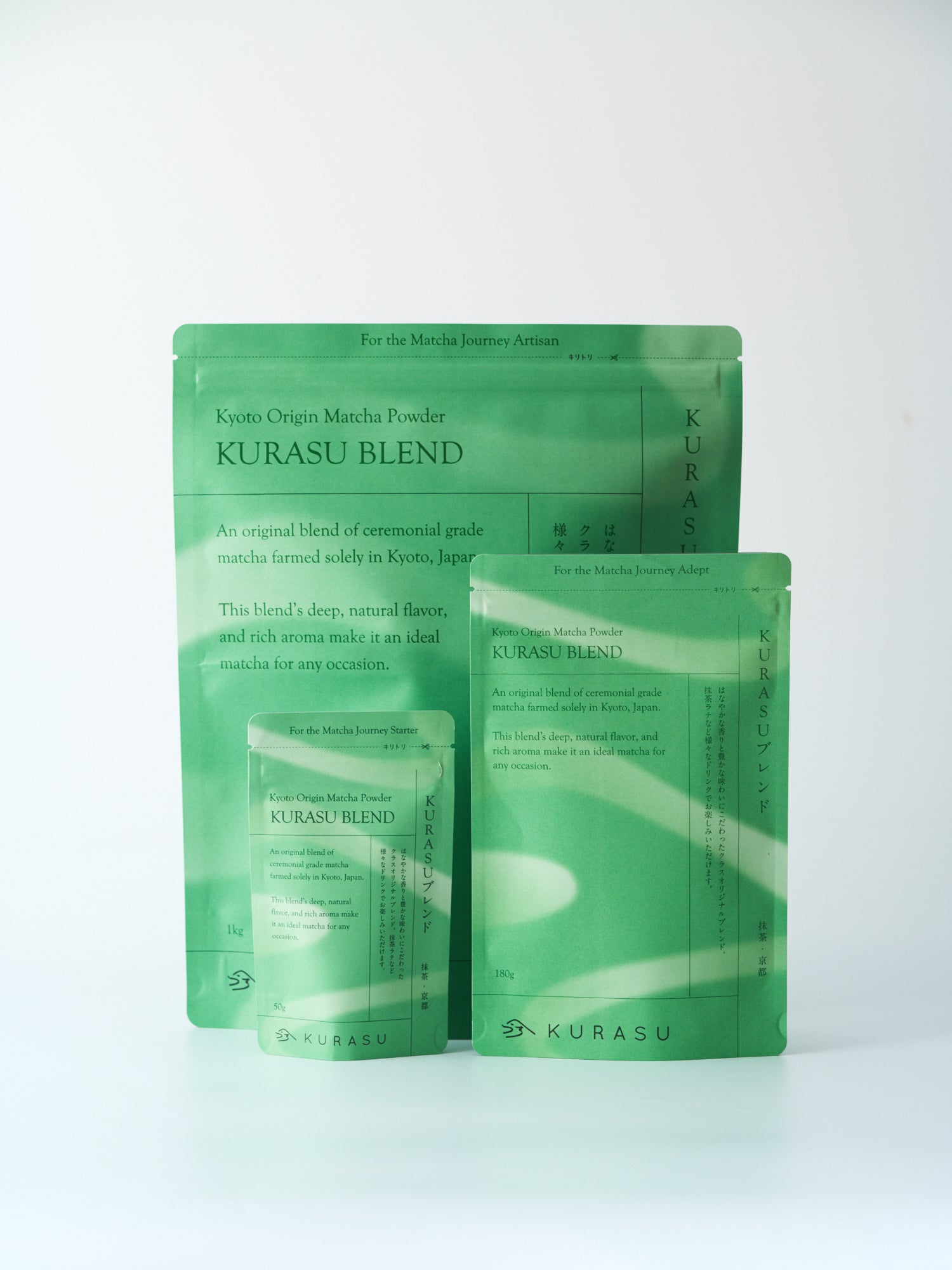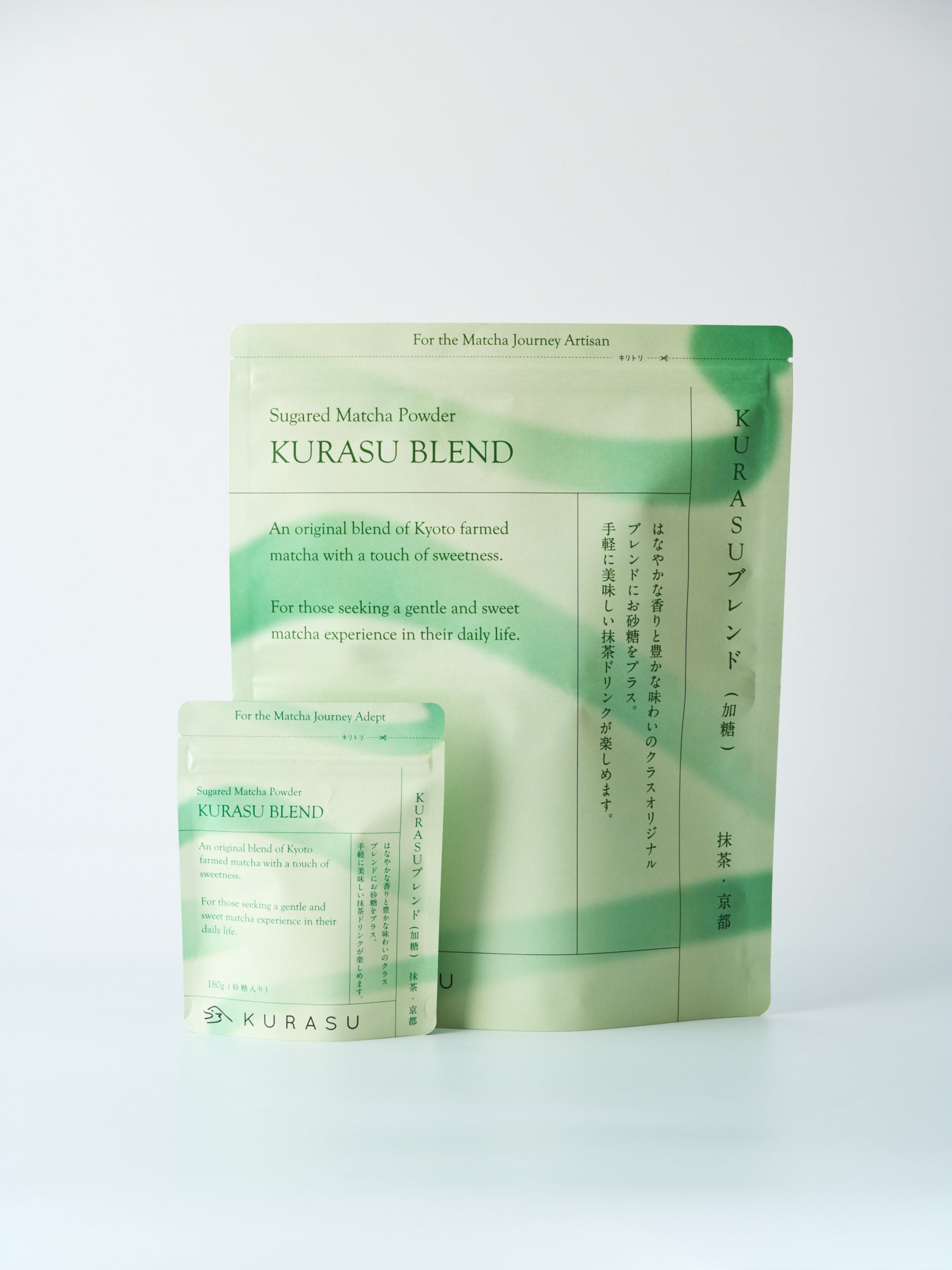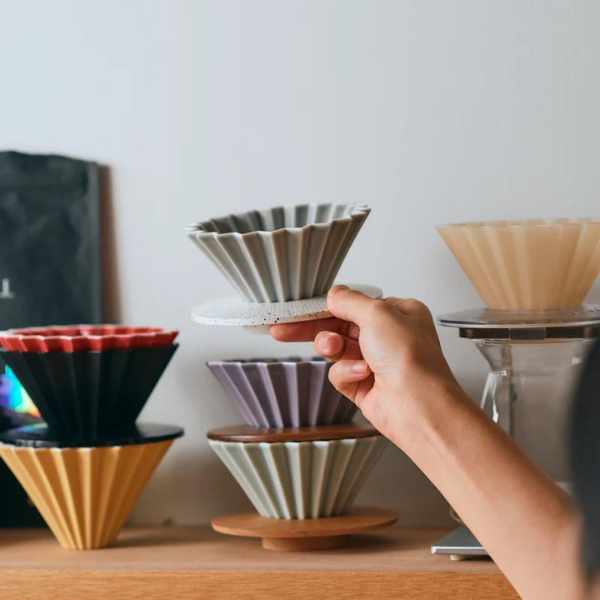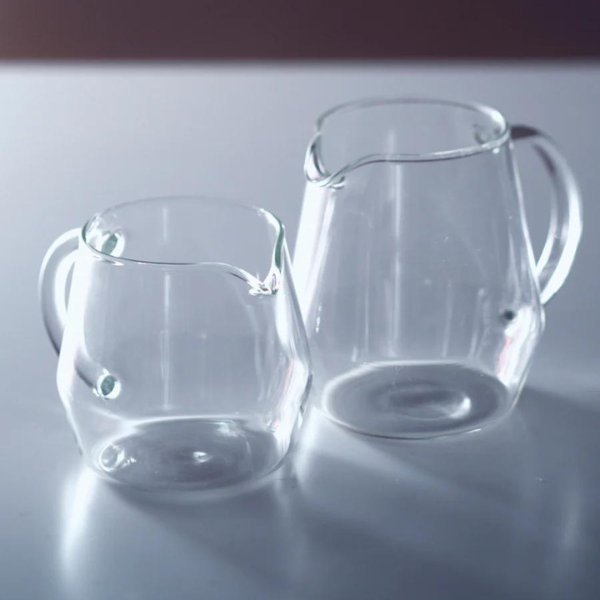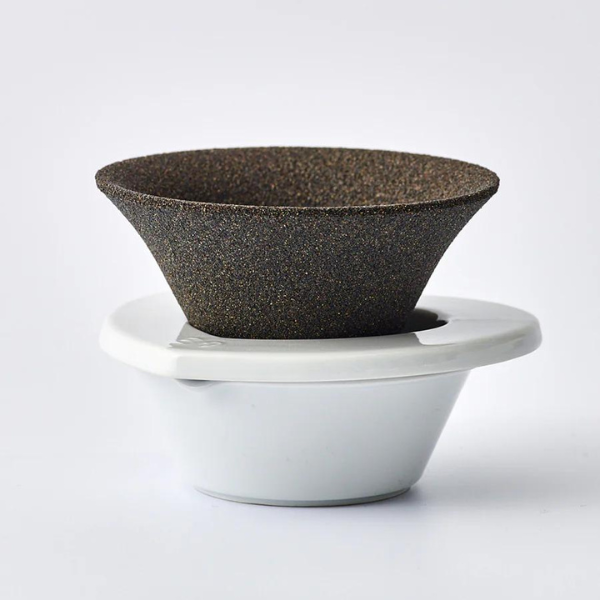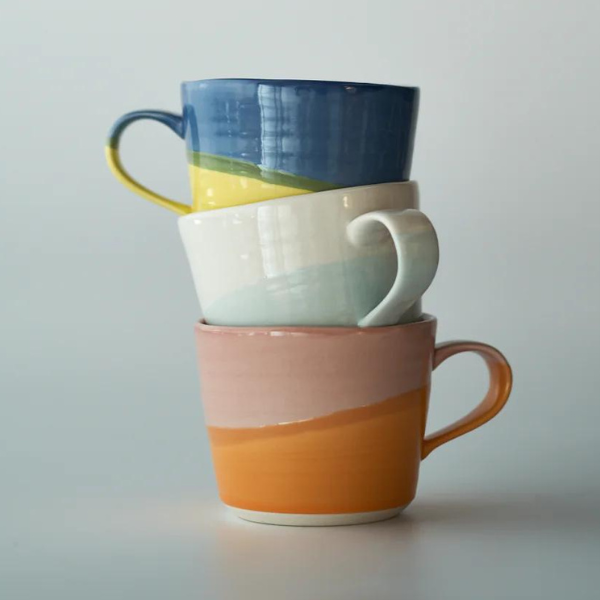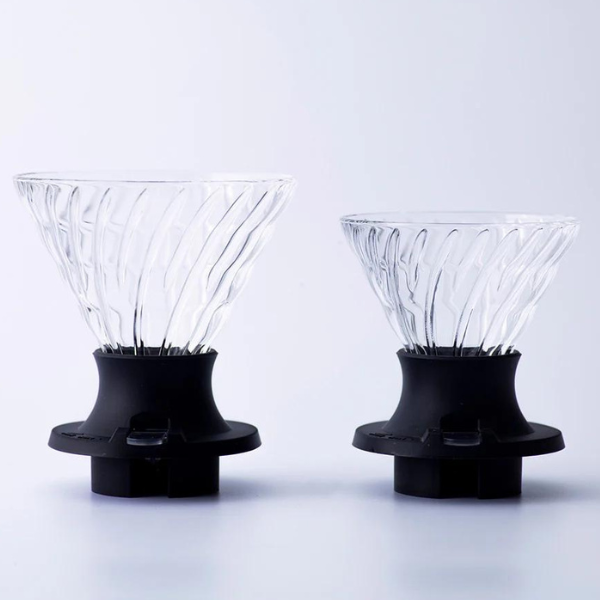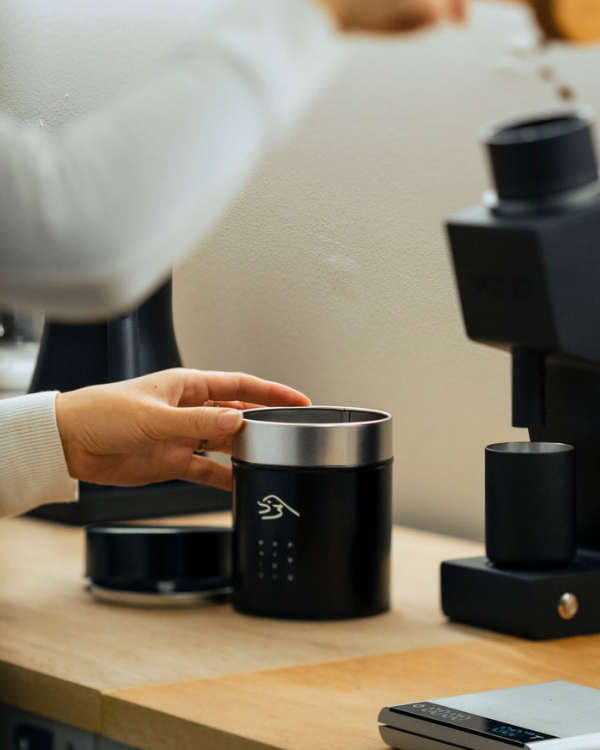To celebrate the collaboration between Kurasu,KYOTOGRAPHIE, andKG+, we launched this [KYOTOGRAPHIE] series to explore new perspectives on how coffee and art cross paths.
We asked professionals in different industries- a coffee roaster, an artist, and a curator- the same set of questions, revolving around this year’s KYOTOGRAPHIE concept, “HUMANITY,” to bring into focus what creativity can do through different perspectives.
In the Vol.2 of the series, we interviewed Peng-Chun Yen san, a photographer based in Taipei, Taiwan. For this KG+ exhibition, Yen-san started his creative journey for this project with his memory of his mother, seeing the image of the universe overlapping the burnt rice cooker pot. In the collection, he expressed the invisible messages hidden in everyday life, asking what humanness is, and what believing means. Through the process of expanding the very personal domain -a memory of one’s mother- to the awareness of the universe, Yen-san quietly explores the concept, HUMANITY.
Do you like coffee?
ー Do you drink coffee regularly?
I drink coffee every day. To be honest, I don’t know much about coffee. But I drink coffee to switch my creative side on, so it’s vital to my daily life. Along the way I started to learn what I like, too.
ーWhat type of coffee do you like?
Well, first of all I find the warmth it gives me comforting while it’s hot, but I like a coffee that leaves me with a hint of fruity, floral, or tea-like aftertaste.
How do you define “HUMANITY”?
ー Within the context of your profession or creative process, how do you interpret the concept of “HUMANITY”?
Recently I’m intrigued by religious contexts, and that’s been playing some roles in my work too.
ー When I think of religions in Taiwanese culture, I think of diversity. For example, there is Yiguandao that merges multiple religious traditions, and many different religions seem to co-exist in Taiwan.
True. Personally, I think there may be some kind of “origin” that different religions have in common. You mentioned Yiguandao, but as I learned more about those “merged” faiths, more and more I was drawn to the idea of the origin of it. Different cultures and backgrounds interpret and express that origin differently. So we have different names for our gods, and different sects, etc. For the past few years, exploring to capture that “origin” has been my objective in my work.
“Universal Signals” by Peng-Chun Yen
The collection I exhibit this time at Kurasu HQ UG, “Universal Signals”, is about seeing the universe in everyday objects and symbols. Photos of what at first seem to be of a nebula or planets in fact are of the bottom of a burned electric cooker, or an oil spill spreading on the ground. Through those photos, I wanted to convey the feeling of being led afar through looking closely at something- life and death hidden in daily lives, a fundamental message of what it means to live- I wanted to connect those feelings with the image of the universe and share them with the audience.
ーー What I sense from your words is that you feel that the act of faith is the means of connection with the origin, and the object changes depending on religion. For example, one chooses the act of faith to understand the universe, the vast origin of things. Since when have you been conscious of such concepts like origin and the existence in the universe?
It started in 2020, when I found an old rice cooker my late mother was using. Looking at the worn out, burnt pot, I somehow thought of the universe. Somehow, I felt that there was a message from my mother.
“Universal Signals” by Peng-Chun Yen
ー Probably it also is related to your works exhibited at “Unreal-Real —Cycle of rebirth—”, but do you place your series “攝影故事” in which you captured your mother’s room in her hospital in relation to the idea?
In Taiwanese traditional family values, the kitchen is a “mother’s domain”, and a father and sons would rarely go in. I started to use the kitchen for the first time after my mother became sick and stayed in the hospital, and saw the tools there such as the burned markings of the pots and well-worn cooking tools. In that space, I felt my mother’s existence.
My small regret in my career is that I haven’t taken many portraits of my family. Especially with my parents, the embarrassment got the better of me and stopped me from taking photos of them. “攝影故事” is a collection of photos I took of my mother as she stayed in a hospital and gradually became frail. Looking back, I feel that I should have taken more photos of her when she was well. I still have not looked at those photos myself- it is still a little difficult.
ー That seems to be having something in common with what Kan-san said about postmortem photography (a culture of taking photos of a deceased family member before the burial.)
Perhaps. Since my mother passed away, I have been organizing her belongings, but I still have not brought myself to go through photos of her yet.
Revisiting the memory of someone after they are gone and facing the photos of them do the same thing to you. It is difficult to put into words, but it gives you the sensation as if a thick, heavy stick is pressed against the back of your chest…it requires a strong mind to bear it. That’s why I believe that there is a meaning in keeping and holding onto a photo and the act of that itself.
One day, I was going through the stuff in the kitchen, feeling the lack of presence of my mother. I glanced at her old tools and the scenery of the kitchen suddenly felt like they were expanding into the universe, and I heard my mother’s voice in them, like I heard a message from her.
I still cannot face the photos of my mother. But in an attempt to start the journey of revisiting my memory of her and her message, I photograph the items she left with us. The works I exhibit at “Unreal-Real —Cycle of rebirth—” are coming from that experience.
At the gallery tour on April 13th
What defines human beings?
ー What do you think defines human beings?
Depending on the environment they were placed in, people feel different ways. When you feel in a different way, you experience differently, and memorize differently. That’s why I often believe that the fact that people are different shapes humanness.
Even when you see the same object or symbol, what we feel deep inside us is different. Also, the depth of those feelings and if we can reach that level are different between people.
For example, to me the burnt rice cooker my mother left appeared to be a device to receive messages from her. There was also the image of the universe overlapping. Like that, an item can hold a special meaning to someone because of a personal memory and senses.
That’s why I think creation is valuable. People coming from completely different backgrounds, senses and experiences can interact through artwork. The artwork creates an environment, moves people’s senses, offering new experiences and memories to them. At this intersection I see a fundamental value in the act of creation and humanness.
ー What kind of meaning do you think it creates when one person’s story - in this case, your personal memory with your mother- turns into an artwork and reaches someone completely different?
I have been creating my work revolving around my memory of my mother, but I have a regret- when she first fell ill, her doctor suggested a small surgery, and I supported that. But that surgery led her to get pneumonia, worsening her condition as a result. I still regret it and think that she may not have needed that surgery.
That’s what prompted me to contemplate that a thing like “right calling” may be hidden in everyday life. I thought, maybe her voice in the universe, her true voice is there for us to find in the items she was using.
However, in this exhibition, my goal is not to emphasize the context, my memory of my mother. I just want to express that the answer from the universe, the truth, and the primordial message exist in everyday life, and I want my audience to feel that. There are things that you understand only as the time passes. Expanding your thoughts, seeing the bigger picture- the kind of sensation of “feeling something far away in something that’s close to us” is what I want to convey.
How do you express an intangible?
ー As a photographer, how do you express something you cannot see?
I find “seeing” the photos more difficult than taking them. You need a refined sense to find the message hidden in everyday life, and it is not easy to tune in to that.
Before, I was working on more objective, social issues. However, as my subjective sense developed deeper, it became more and more difficult to stay objective. That’s when I switched to go fully subjective and dig deep into myself.
It’s my personal observation, but in Japan, there are courses and schools where people learn the technique as well as the ways to express one’s subjective values. On the other hand in Taiwan, I feel that photos are still strongly associated with news and press. So especially for this exhibition at KG+, I wanted to showcase my works that express my subjective values.
ー Do you not find it difficult when you try to see something intangible?
No I don’t. When I pursue my subjective values and try to reflect my mind faithfully onto my work, I feel the growth in me along with my work, like gaining a growth ring. How I live overlaps with my work.
When do you feel like a human the most?
ー Have you felt “humanness” recently?
Since my mother passed away, my father is on his own, so I try to watch a Taiwanese TV drama series once a week. I choose ones that last a long time, hoping for this time together lasts a long time. I feel humanness as we accumulate those everyday life moments.
What does a cultural crossroads bear?
ー Final question- when something crosses paths, such as this two person exhibition by you and Kan-san, or the cultural crossroads between Taiwan and Japan, what do you think emerges there?
At the exhibition with Kan-san, we designed it to ask our audience where the boundary between contrasting ideas such as real and fake, or reality and surreality. Neither of my work nor Kan-san’s work show that boundary, however,
For example, one of Kan-san’s works is a photograph of a doll. You may argue that the doll is not a human, but depending on the context, the doll seems more human than an actual human.
Also in my photo of a burnt pot, rather than showing it as it is, I used an optical illusion so that it appears like a planet or a moon. Therefore in my opinion, the crossed paths our two person exhibition created is the act of seeking the crossover of real and fake, or reality and surreality.
ー So, rather than offering certain answers at the exhibition, you would like the audience to find their own, or to discover their next question.
Yes. By communicating with the audience, we also explore our own answers and find new questions that lead us to our next creation. At those intersections, we receive new energy for our new creative journey.
Coffee and art.
Art and coffee.
Both seem to hold clear answers for us, but there is always a room for uncertainty and feelings. In that space of “unsureness” a room for conversation lies.
We hope this interview left you with new little questions- stay tuned for more perspectives.
Peng-Chun Yen
A photographer and a videographer. Based in Taipei, Taiwan, Yen captures the absurdities of daily life and uncovering hidden social meanings. By capturing surreal scenes,Yen also creates series of photographs to explore between virtuality and reality.
Notable exhibitions include “Daily+ Photography Solo Exhibition” at Good Underground Art Space in 2019 (Hualien), “The Sign PENGCHUN YEN Solo Exhibition” at 1839 Contemporary Gallery in 2022 (Taipei), and “Universal Signals PENGCHUN YEN Photography Exhibition” at Hualien Museum of Art in 2024 (Hualien).
2015 Sony World Photography Awards Professional competition Landscape 2nd Place (London), 2015 National Art Award Photography Gold Medal Award (Taichung), and 2016 National Art Award Photography 2nd place Award (Taichung).
pengchunyen.com
https://www.instagram.com/pengchun_yen/
(photo: Ai Mizobuchi / text: Jongmin / translation: Aya)

